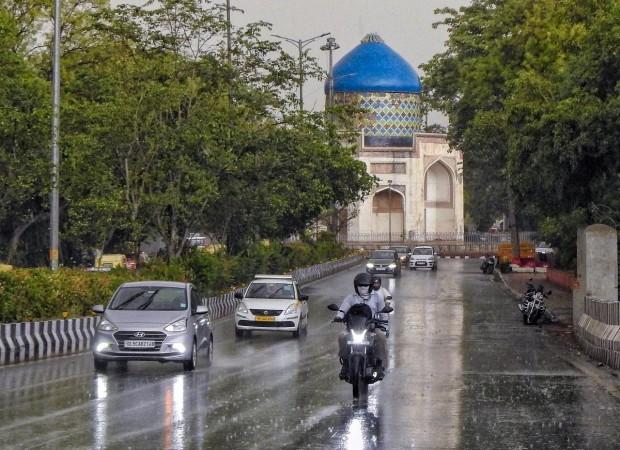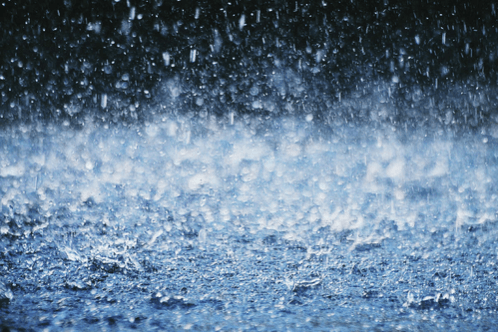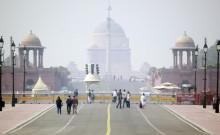
The India Meteorological Department forecasts below normal rainfall in June 2024 due to a slow monsoon. The monsoon's delay is exacerbating the heatwave in North India, leading to increased health risks and potential economic stress for farmers.
The delayed monsoon could have significant implications for agriculture and the Indian economy, potentially leading to lower crop yields and higher food prices. The government may need to implement measures to mitigate the effects, including managing food supplies and potentially providing agricultural support or relief.
The India Meteorological Department (IMD) on Wednesday, June 19, 2024, forecasted that India is likely to experience below normal rainfall in June 2024, as the progress of the monsoon has slowed. The average rainfall for the country as a whole is expected to be less than the Long Period Average (LPA) of 80.6 mm. As of June 18, the country had received 64.5 mm of rainfall, which is 20% less than the LPA.
The IMD's forecast indicates a geographical disparity in the expected rainfall. While normal to above normal rainfall is anticipated in the southern states and some areas of Northeast India, below normal rainfall is likely in the northern and central states, which have been grappling with a heat wave.

The onset of the monsoon over Kerala this year was two days ahead of the usual date and over northeast India, it was six days in advance. However, the northward progress of the monsoon has been gradual, covering entire states of Kerala, Karnataka, Rayalaseema, Goa, and Telangana ; most parts of South Maharashtra and some parts of South Chhattisgarh, South Odisha; most parts of Sub-Himalayan West Bengal & Sikkim and entire northeastern States by June 12.
Despite the early onset, the monsoon has not progressed after June 12. The Northern Limit of Monsoon on June 18, passes through Navsari, Jalgaon, Amravati, Chandrapur, Bijapur, Sukma, Malkangiri, Vizianagaram, according to the IMD.
The monsoon plays a pivotal role in the Indian economy as over 50% of the country's farmland relies solely on monsoon rains for irrigation. The monsoon rains are also crucial for recharging the country's reservoirs and aquifers, which provide water for crop irrigation later in the year.
The erratic monsoon last year led to a hit in farm production, forcing India, a key exporter of food grains, to curb overseas shipments of sugar, rice, wheat, and onions to increase domestic supplies and keep prices in check. A robust growth in the farm sector helps to keep inflation in check.
The current heatwave in North India is directly related to the delayed monsoon, as the monsoon's usual cooling effect has been postponed. This delay exacerbates the heatwave conditions, leading to increased health risks, such as heatstroke, and can result in higher mortality, as reported with several heat-related deaths.
The agricultural sector, which relies on timely monsoon rains for sowing and crop growth, is also affected, potentially leading to lower crop yields and economic stress for farmers. The extended heatwave can further stress water resources, impacting both human consumption and irrigation needs, thereby compounding the challenges for the population and the economy.
The forecast assumes particular significance because several of these regions will be the focal center of a high-pitched electoral battle and are likely to see mass rallies ahead of the scheduled voting in the Lok Sabha elections in the coming month.
In conclusion, the delayed monsoon and the resultant below-normal rainfall in June 2024 could have significant implications for agriculture and the Indian economy. It may lead to lower crop yields, affecting the sowing of the Kharif crop, which is crucial for food production. This could result in higher food prices due to reduced supply, impacting inflation. The agriculture sector, which is a major contributor to GDP and a source of livelihood for a large part of the population, might witness lower growth. Additionally, reduced rainfall can exacerbate water scarcity, affecting both agricultural and domestic water needs. The industrial sector, particularly those dependent on agricultural inputs or rural demand, such as the market for two-wheelers, fridges, and FMCG products, could also be negatively impacted due to lower rural incomes. The government may need to implement measures to mitigate the effects, including managing food supplies and potentially providing agricultural support or relief.

















